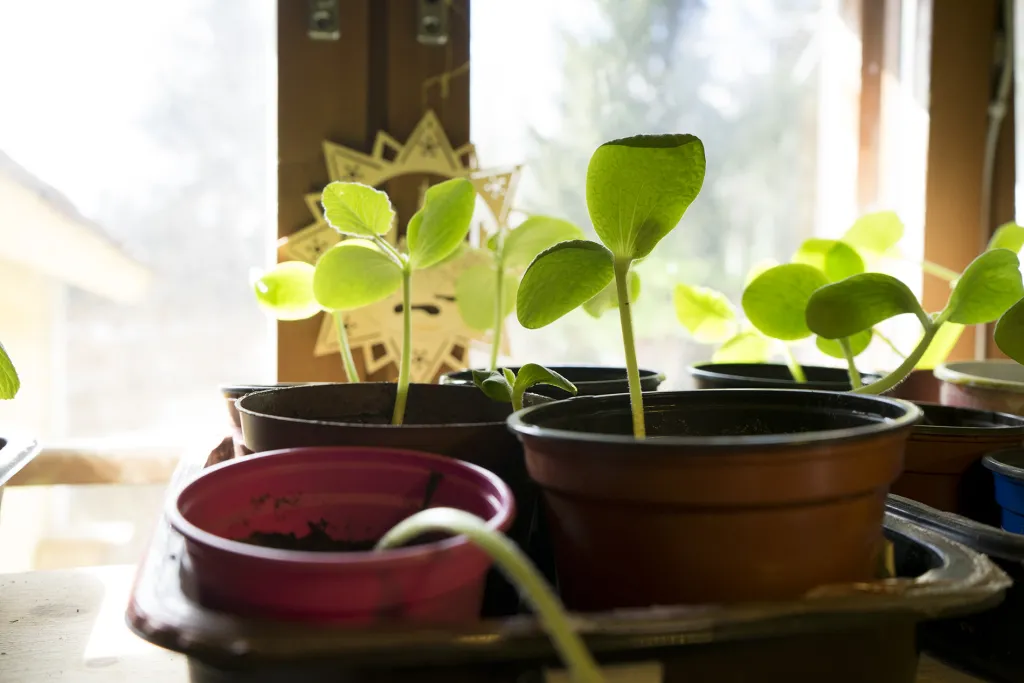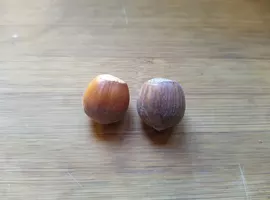Key features of Black Walnut
Here are some key features of the black walnut tree:
- Size: Black walnut trees can grow to be quite large, reaching up to 30 meter in height and having a spread of up to 25 meter. They have a distinctive, rounded shape and a thick trunk.
- Leaves: Black walnut trees have large, pinnate leaves that can grow up to two feet long. They are a rich green color and are arranged in an alternate pattern along the branches. In city backyards they usually become a problem, like Juglans regia, because the leaves don't rot fast.
- Nuts: Black walnuts are large, round nuts that are enclosed in a thick, hard shell. They are a valuable food source and are commonly used in baking, as a snack, or for making walnut oil.
- Wood: Black walnut wood is prized for its beautiful grain patterns and its durability. It is used for a variety of purposes, including furniture making, cabinetry, and flooring.
- Range: Black walnut trees are native to North America and are found in a range of habitats, from the Appalachian Mountains to the Midwest and Great Plains. They prefer deep, well-drained soils and are adaptable to a range of climates.
- Toxicity: Black walnut trees produce a substance called juglone, which is toxic to many other plants. This can make it difficult to grow other plants under or near black walnut trees, and can also make it challenging to remove the trees if necessary.
Black walnuts at Beyond Buckthorns
At Beyond Buckthorns we have several yet small trees planted in 2020.
Articles tagged with black walnut
It's nuts - about growing nut trees in Finland
on
Over the past few years, nuts and food forests have become some of the trendiest topics in Finland. I'm quite fond of nuts.


